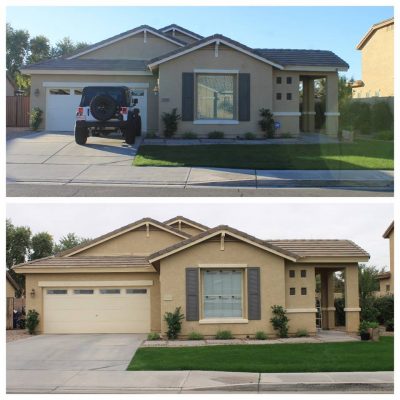


The substrate should be cleaned thoroughly of grease residues, deshuttering agents, loose materials, dust etc.Įxceeding construction forks should be cut up to the surface of the wall.Ī strong, waterproof undercoat layer of a cement mortar (cement : sand = 1 : 2,5) should be prepared, with the addition of ADINOL-DM waterproofing admixture, in a proportion of 1% of the cement’s weight. Furthermore, it is especially resistant to a variety of chemicals, such as diluted acids, alkalis, petroleum products, some solvents, water, sea water, and to weather effects. This is a 2-component epoxy system that displays increased elasticity and resistance to friction. The requirements of elasticity and resistance to chemicals that the coating must satisfy are met successfully by the application of EPOXYCOAT-S epoxy coating. Moreover,it is recommended that during the concreting of the pool’s structural elements, PLASTIPROOF concrete waterproofing admixture is added to the concrete, in the proportion of 0,2-0,5% of the cement weight. Its bonding to the pool’s walls is ensured by the application of a spatterdash reinforced with ADIPLAST polymer latex, while its bonding to the bottom is ensured by the application of a bonding layer reinforced with ADIPLAST, as well. This cement mortar becomes waterproof with the addition of ΑDINOL-DM waterproofing admixture, in a proportion of 1% of the cement weight. Thus, the smooth, stable and waterproof substrate needed for the application of the epoxy coating is created. Waterproofing of the pool is achieved efficiently by applying a strong waterproof cement mortar to the pool’s walls and bottom, which acts as a sealing and smoothing layer at the same time. The primary requirement is that the pool’s frame must have been calculated properly so that it can withstand the water’s hydrostatic pressure successfully. Resistance to water and chemicals that may be present in the pool water (e.g.
#IPAINT ON CE N WATER WATERPROOFING CRACK#
The coating to be used must have the following properties:Įlasticity, in order not to crack from possible expansions and contractions. More specifically, the waterproofing layer must:īe long lasting, since its position between the pool’s structural elements and the layer of the epoxy coating makes future interventions difficult and expensive.īond well to the pool’s structural elements, in order to withstand negative pressure that may develop on it periodically. The choice of using epoxy coating affects significantly the selection of the means for waterproofing the pool, since it sets specific requirements for the waterproofing that will be carried out. This is a technically efficient solution that is clearly more affordable than overlaying with ceramic tiles. PLASTIPROOF Plasticizing/water reducing admixture for concreteĪ usual and affordable way to prepare the final surface of a swimming pool is to paint it with a special paint, such as an epoxy coating. EPOXYCOAT-S Two-component epoxy coating suitable for swimming poolsĭUROFLOOR-BI Two-component, colorless epoxy impregnationĪDINOL-DM Waterproofing admixture for mortars and non-reinforced concreteĪDIPLAST Polymer latex for multiple improvements of mortars


 0 kommentar(er)
0 kommentar(er)
